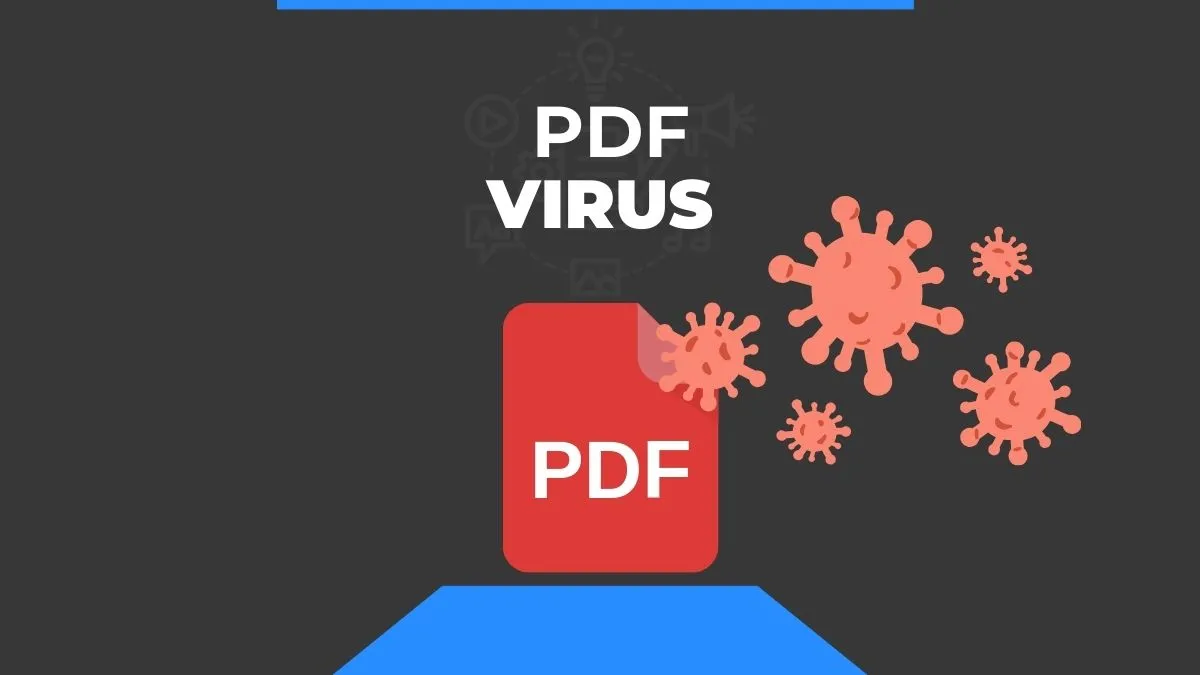Sanitizing application text fields
Sanitizing application text fields to prevent SQL injections and vulnerabilities involves several best practices. Use Parameterized Queries or Prepared Statements: Instead of directly concatenating user input into SQL queries, use parameterized queries or prepared statements provided by your programming language's database API. These methods separate the SQL query logic from the user input, making it impossible for an attacker to inject malicious SQL code. Input Validation: Validate all user input to ensure it adheres to expected formats and ranges. Reject input that contains unexpected characters or patterns that could be indicative of SQL injection attempts. Use Whitelisting: Instead of blacklisting specific characters or patterns, consider whitelisting allowed characters and formats for input fields. This approach is generally safer as it explicitly defines what is acceptable rather than attempting to identify and filter out malicious input. Escape Special Charac...

